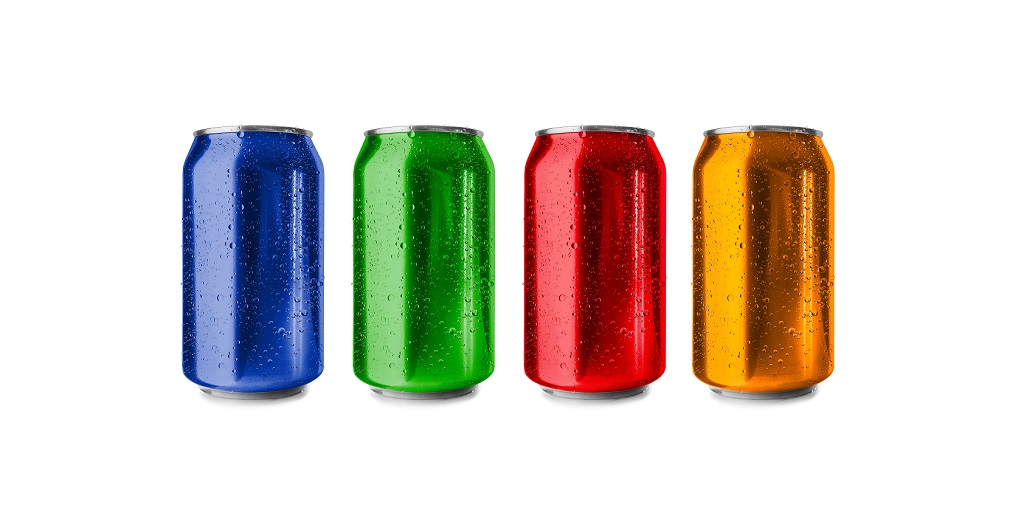
Mainstream audiences unfamiliar with beer styles: ABAC

At an industry webinar yesterday the ABAC chief adjudicator addressed issues relating to beer styles which have caused beers from brewers across Australia to face the panel.
The webinar was led by Professor Michael Lavarch, chief adjudicator of the ABAC Adjudication Panel, and pre-vetter Martin Salkild to educate the industry further about the obligations and responsibilities of alcohol marketers according to the self-regulatory advertising scheme.
Of particular interest to brewers is that ABAC earlier this year commissioned independent research, speaking to focus groups of 14-17-year-olds.
The groups looked at alcohol product and non-alcohol marketing to identify which aspects strongly resonated or appealed to the minor age groups – a stipulation in the ABAC code.
One of the issues discussed was beer styles, namely whether the focus groups could identify a product labelled as a different beer style, such as sour, stout, or IPA, as an alcoholic drink.
The ABAC focus group research found that these age groups could not identify these styles as specifically related to beer.
“We commissioned a research agency that works very much with minors and does campaigns around minors for government and the like,” explained Lavarch.
“We used their expertise and focus groups of 14-5 and 16-17-year-olds and… we used terms like the stout and the IPA and sour and the like and we asked [if they knew what they were], and I can tell you just about no one of those age groups had a clue what we were talking about.
“[It] gave us some comfort that decisions made through the ABAC scheme are pretty close to the mark,” said Lavarch.
He did say however that this is a fluid situation and that while these beer styles are considered “boutique” to a wider audience, this might not always be the case.
“At the moment they’re terms which are familiar to the audience and drinkers of craft beer but…not yet beyond that.”
He said that ABAC would look holistically at a packaging design, so while it does not reject the use of beer styles entirely as an indicator of the product as an alcoholic beverage, the marketing should not be solely reliant on the one word as a descriptor.
“ABAC doesn’t have a standard of itself that you must identify beverages as alcoholic, where it comes into play there’s the potential for confusion with a soft drink and whether other features are in play that [indicate] there’s a strong or evident appeal.”
The Australia New Zealand Food Standards Code, however, does make it a requirement that alcohol content is included on the can, and the statement of abv must be accurate to within 0.3% abv of the stated abv, but for ABAC, this is not the only aspect of packaging design which is taken into consideration, and neither is style.
“[You] can’t put all the weight on that term thinking it makes it crystal clear to any reasonable person [that it’s an alcoholic drink].
“It’s safer to have a few other clues rather than relying on that particular appeal,” explained Lavarch.



